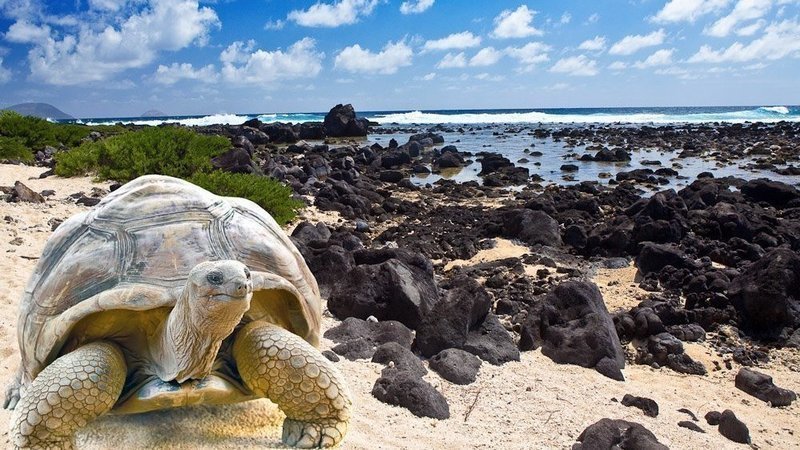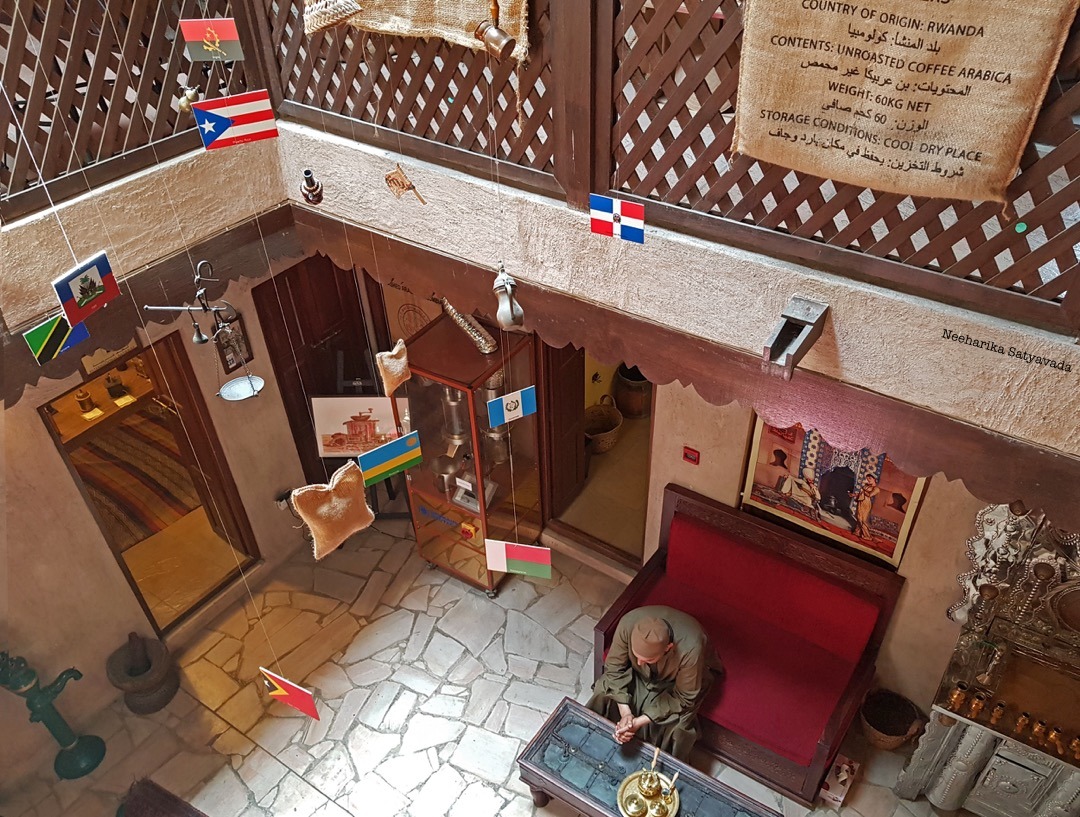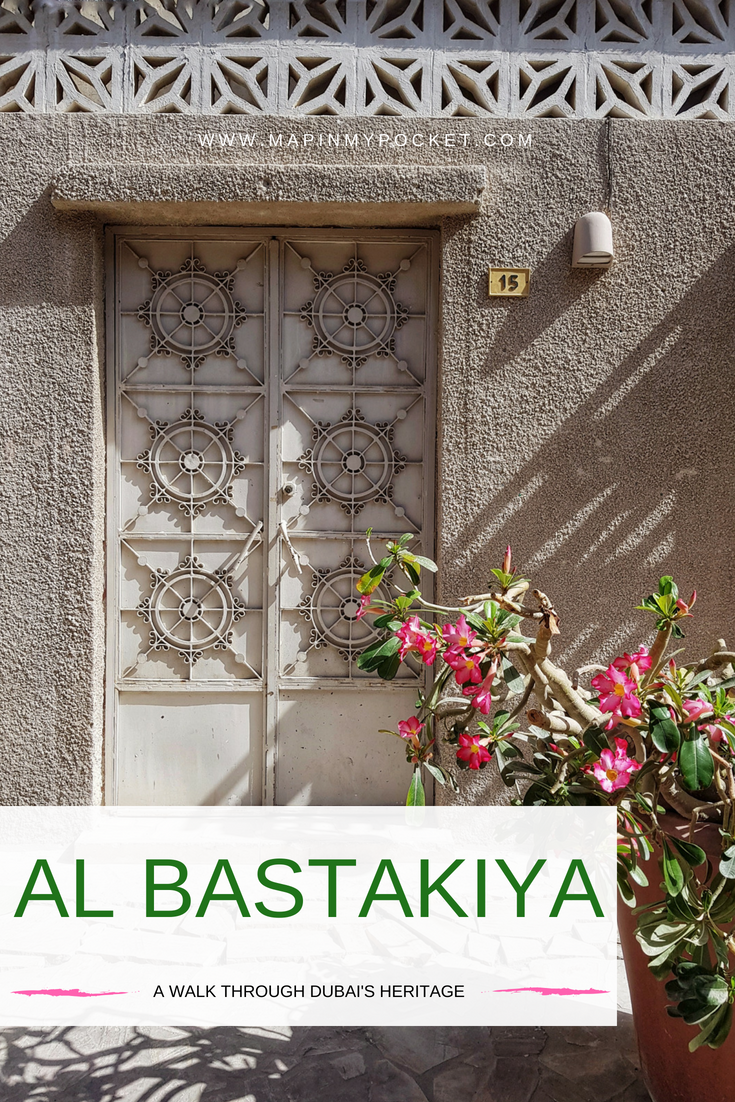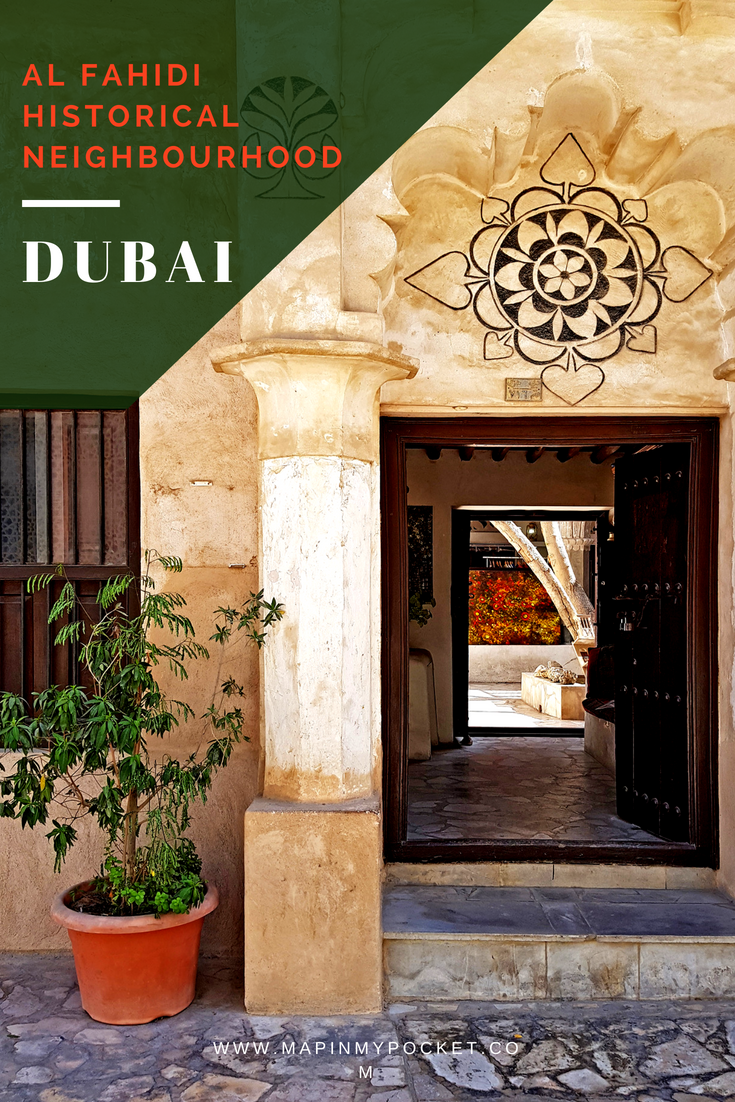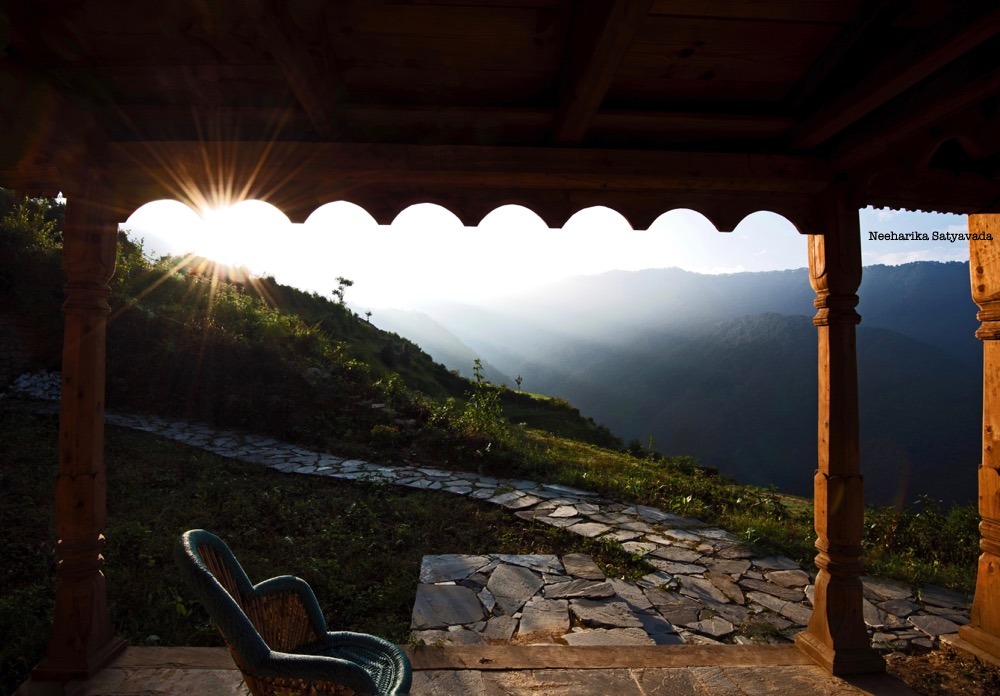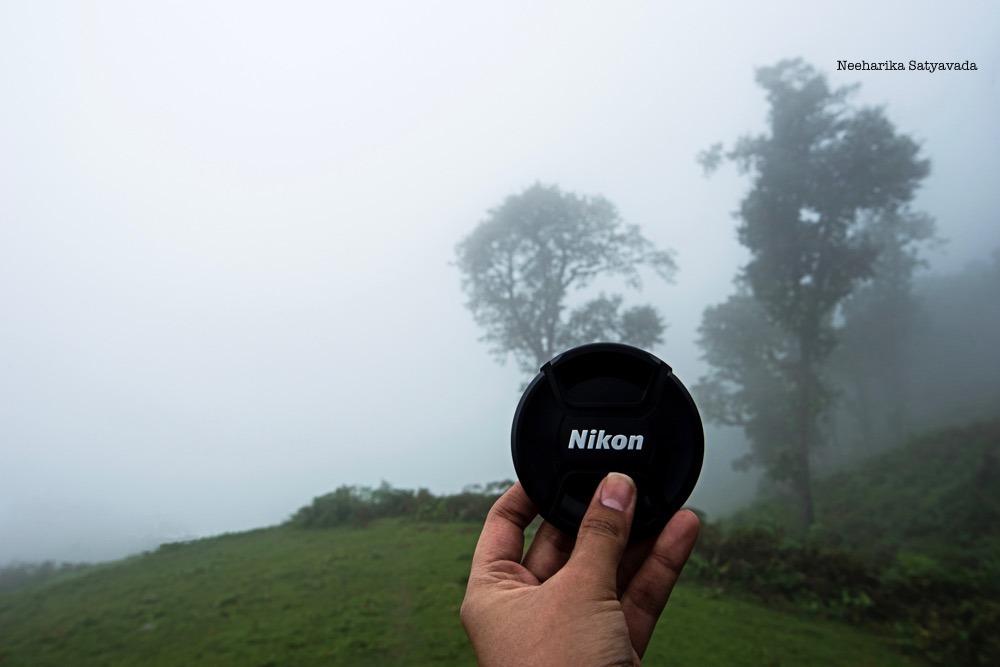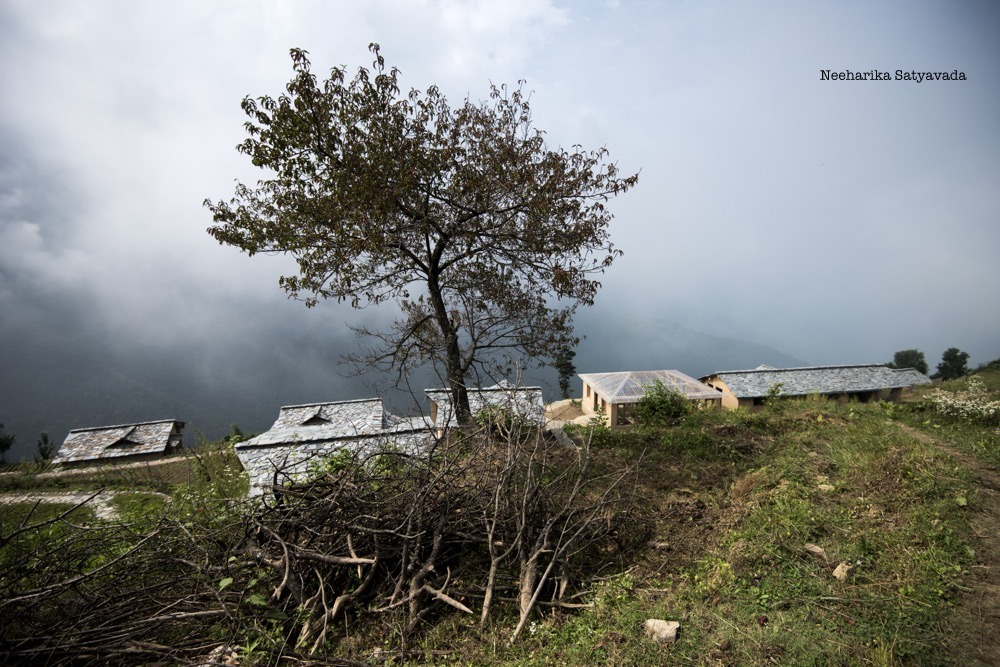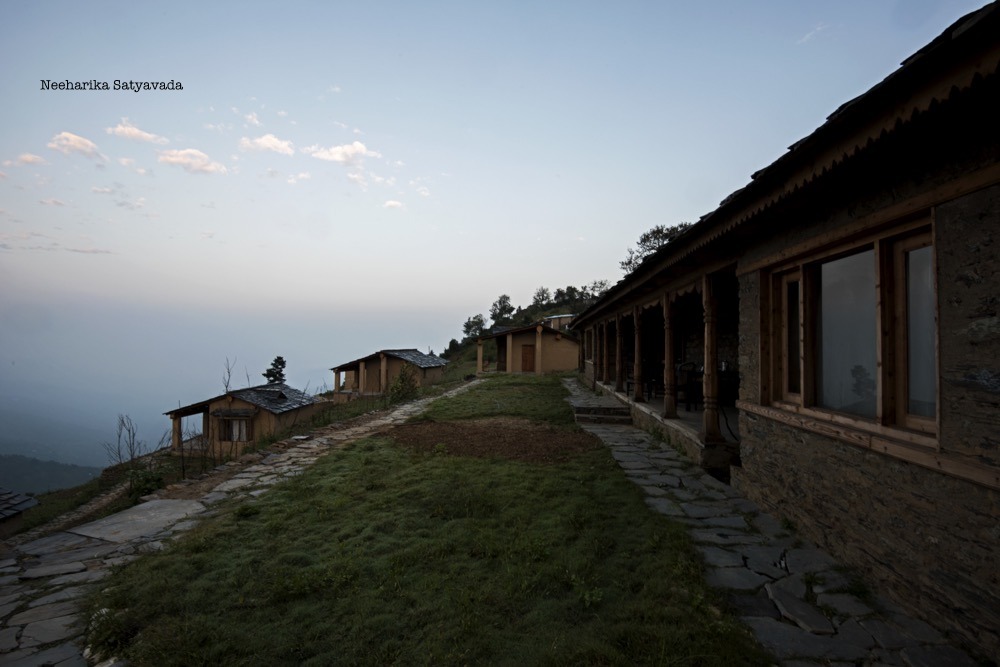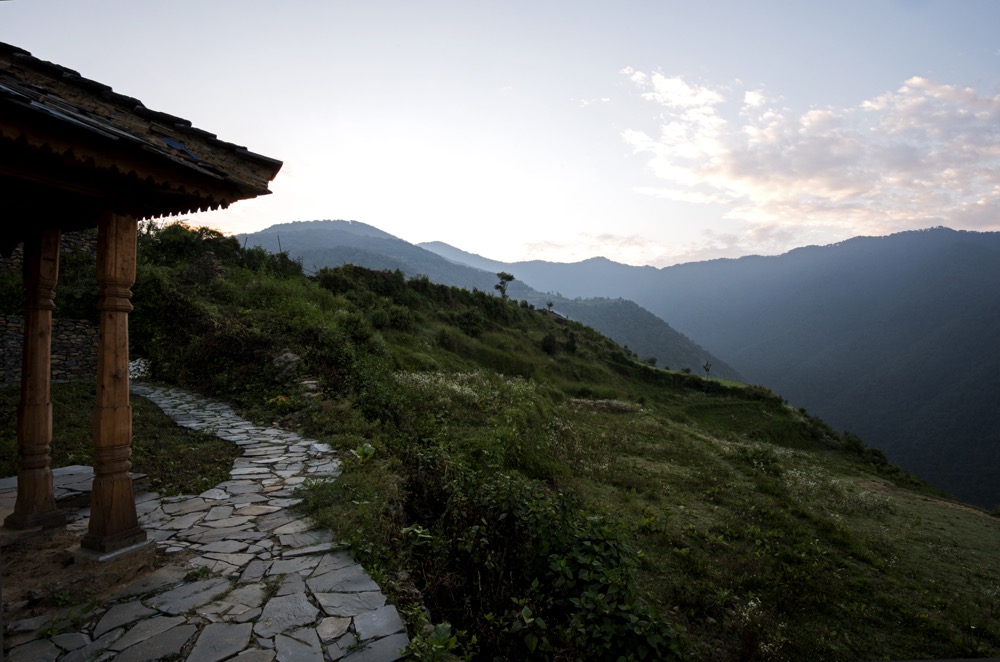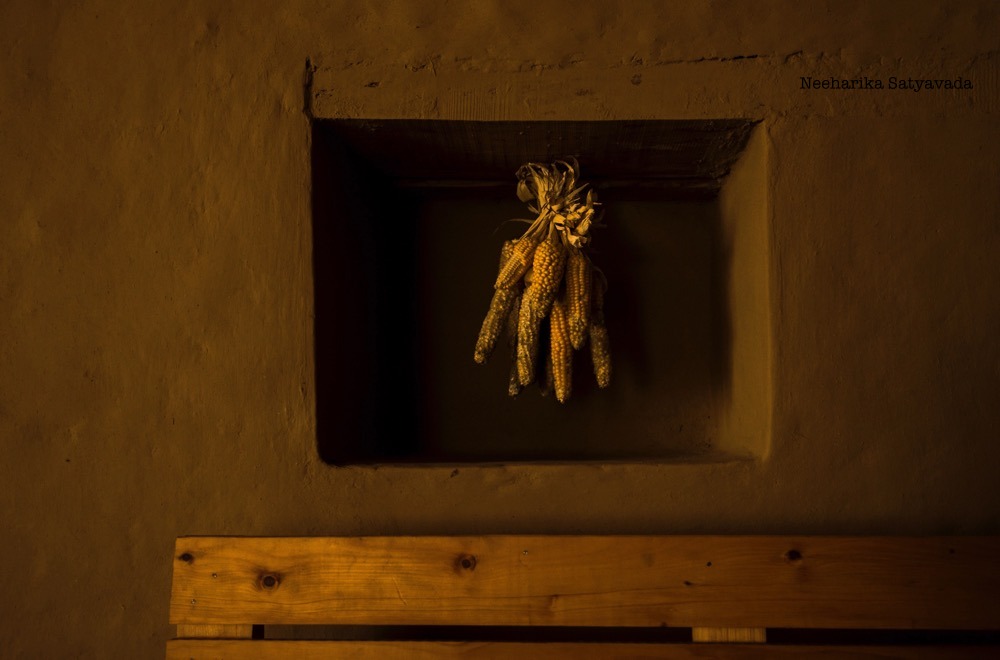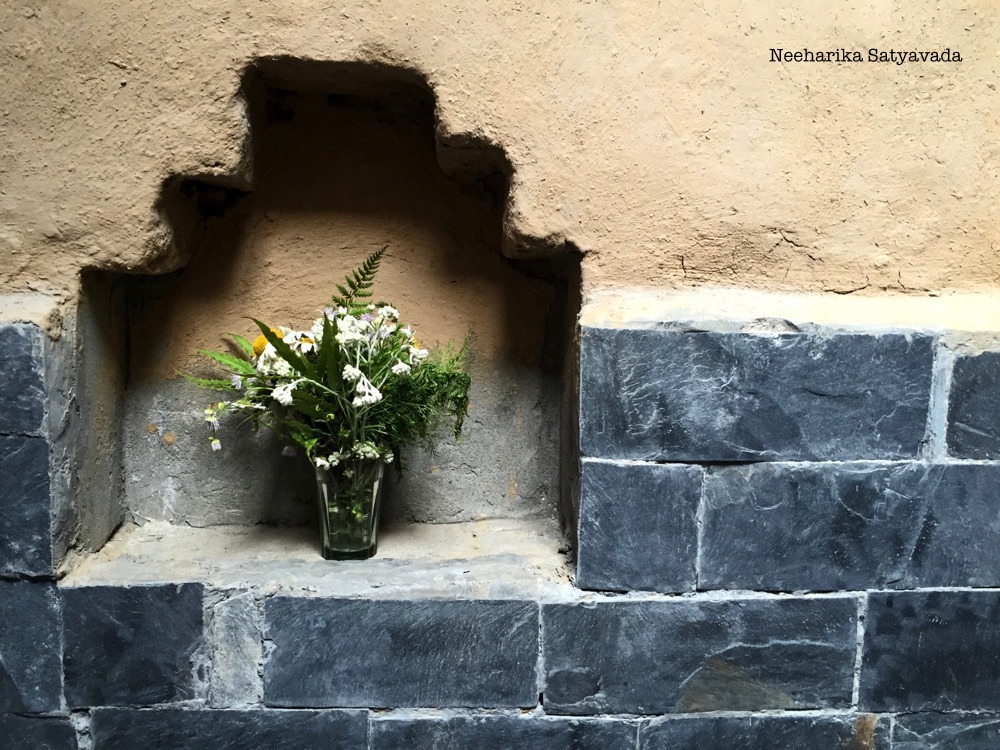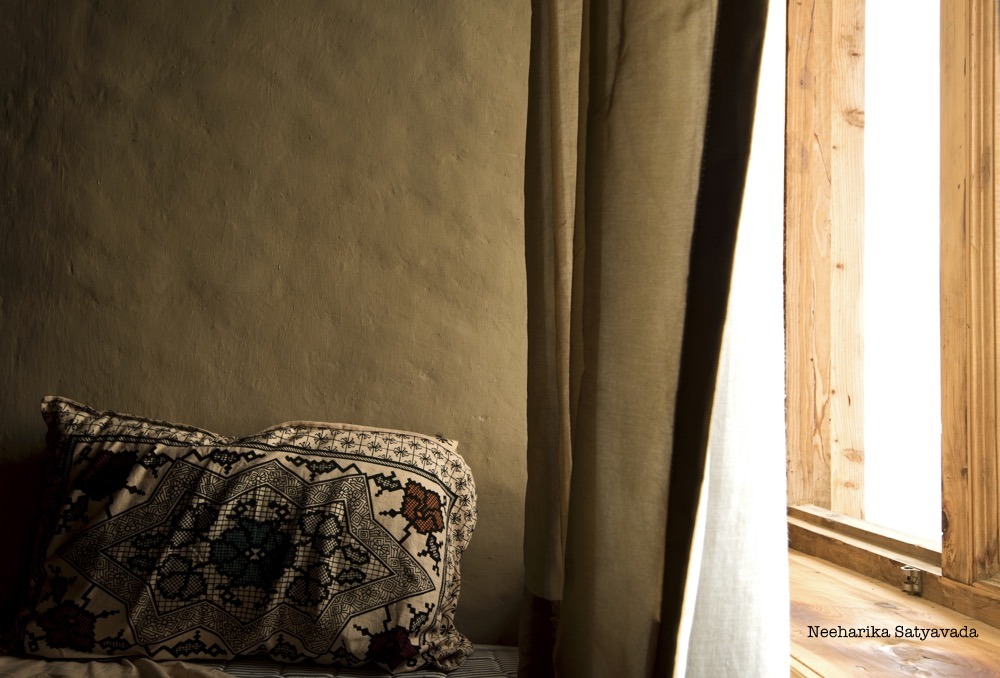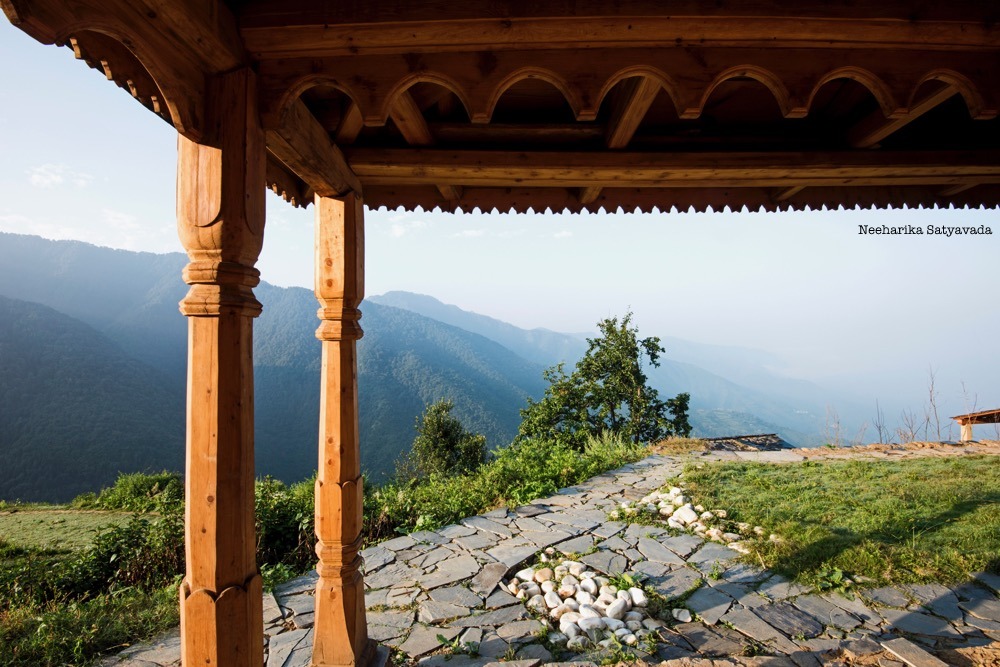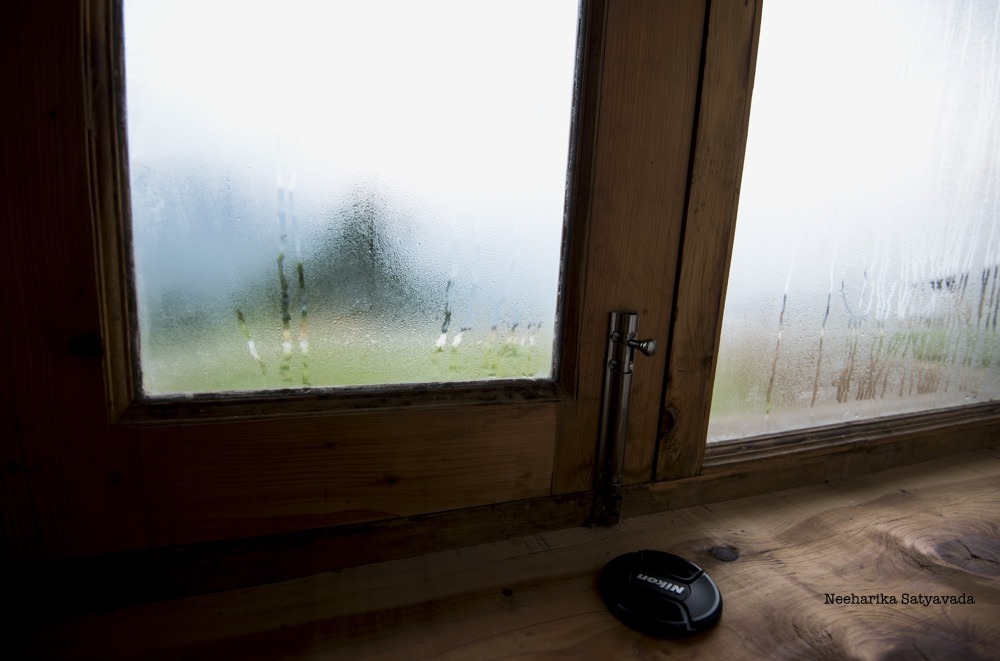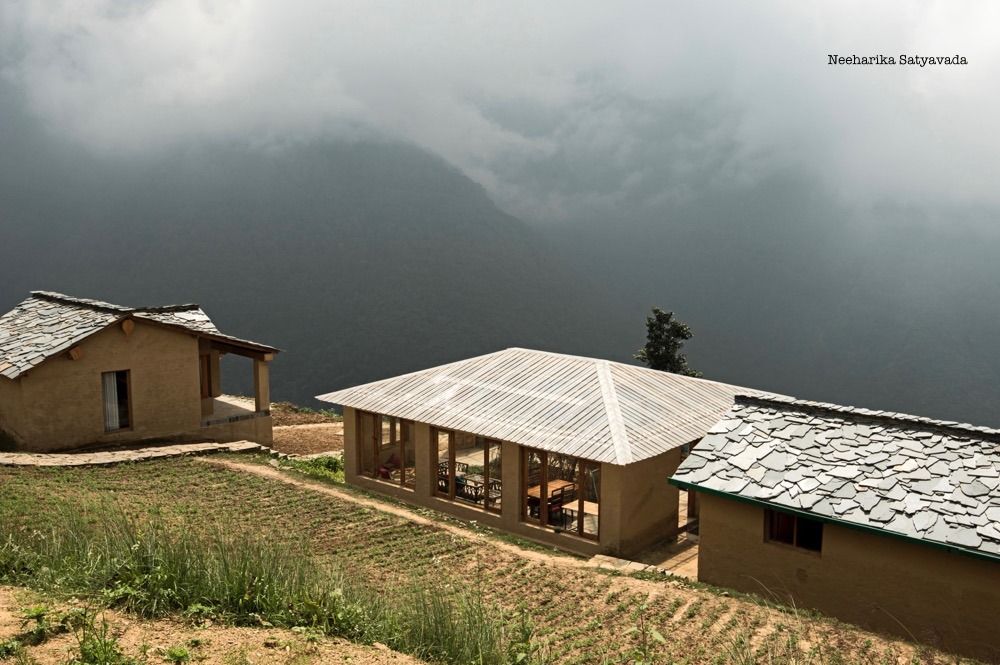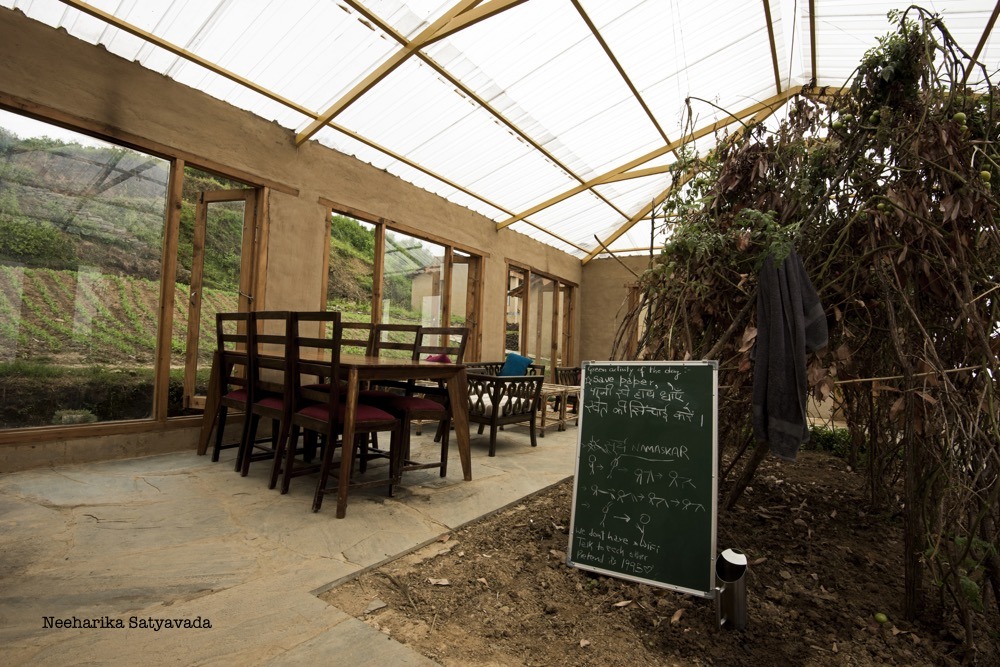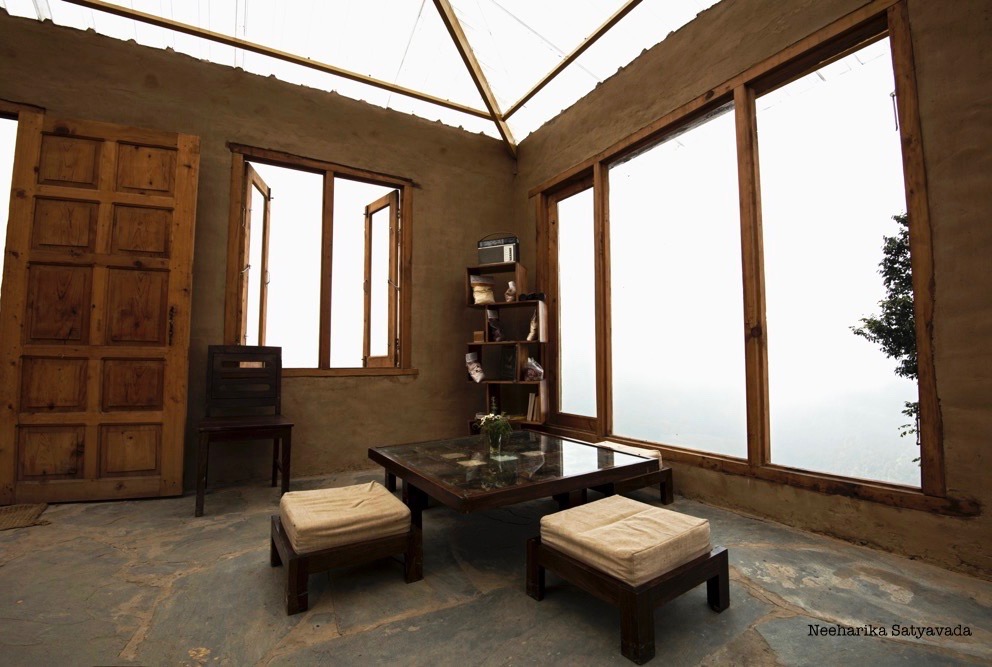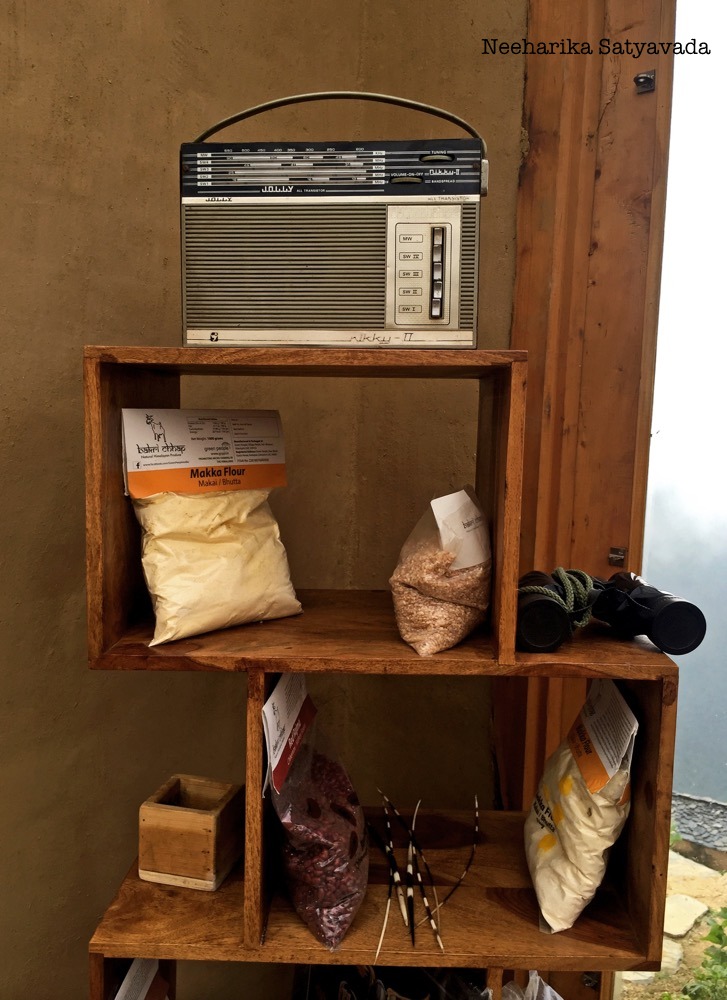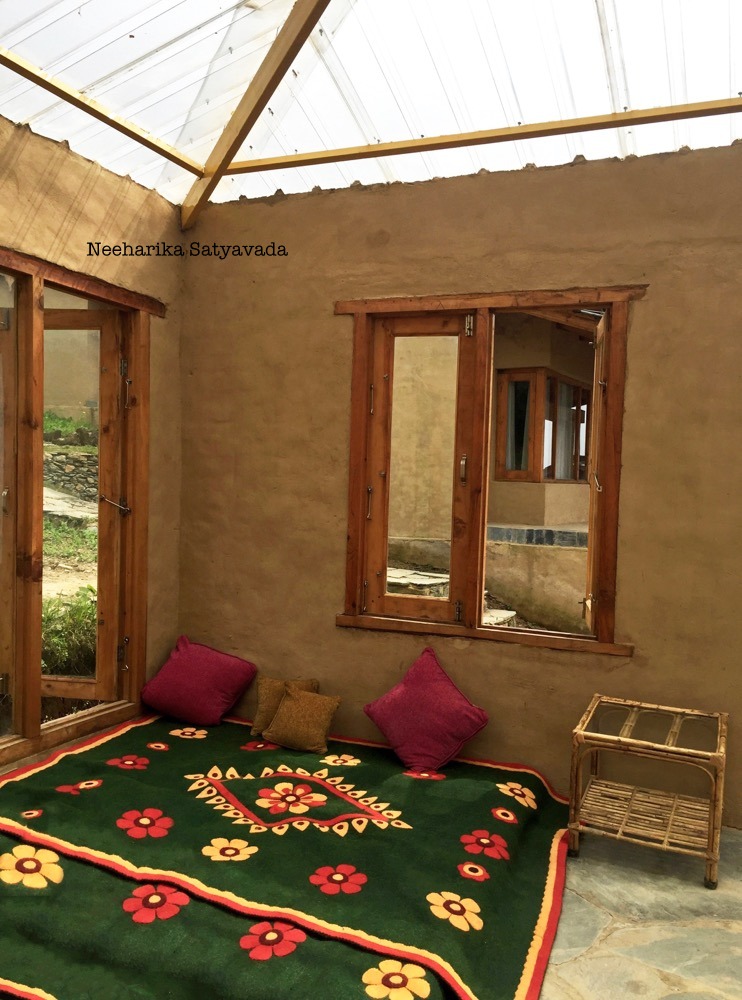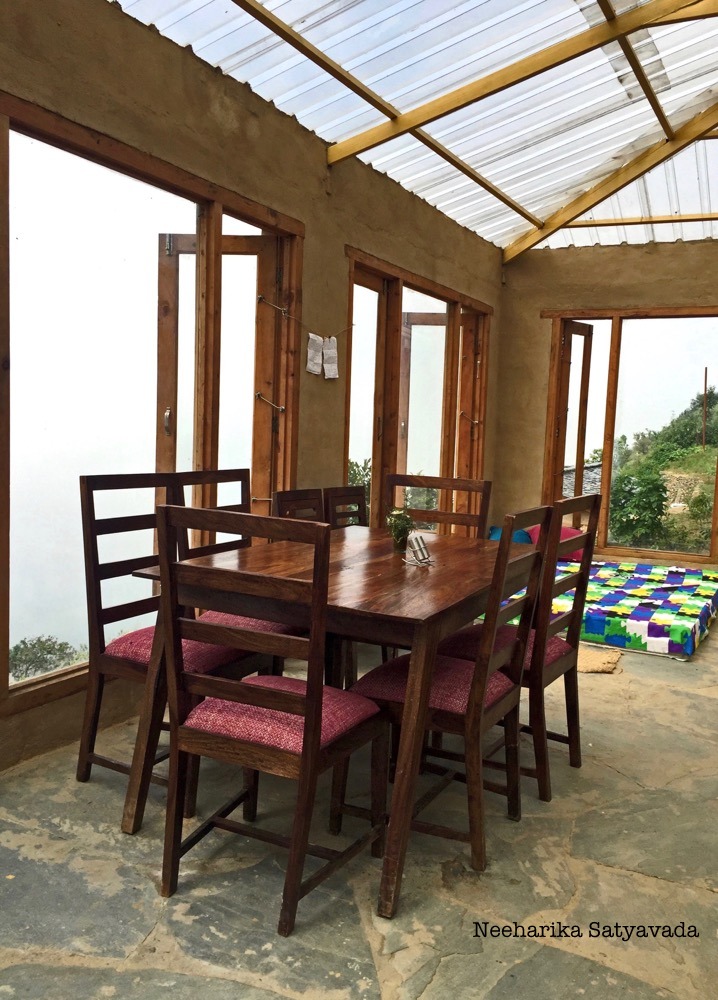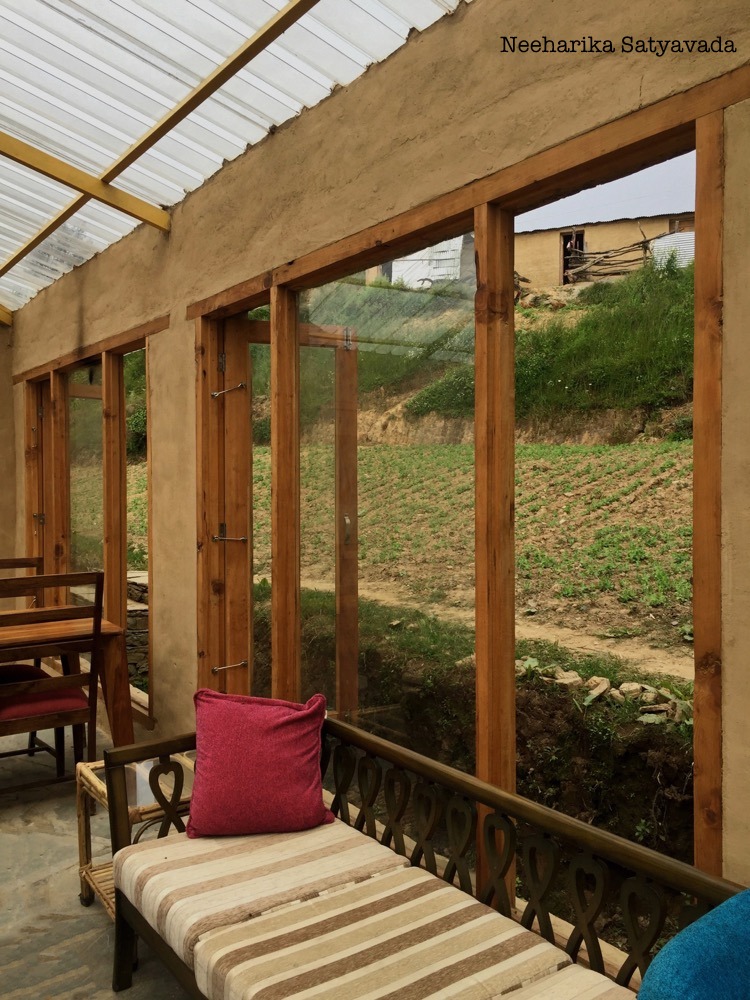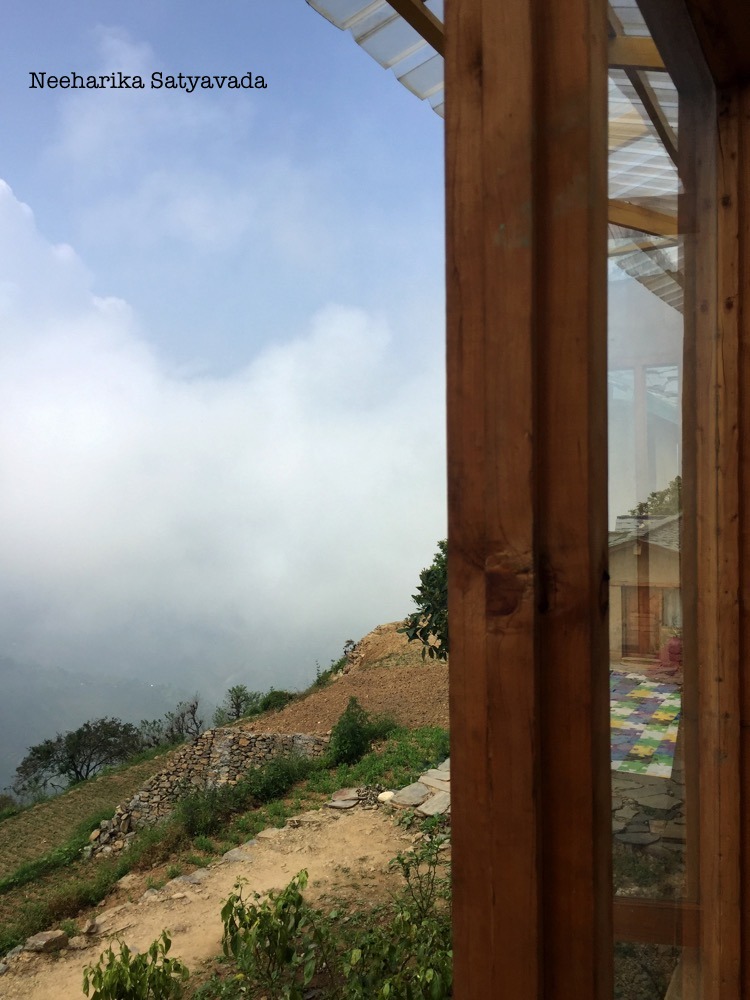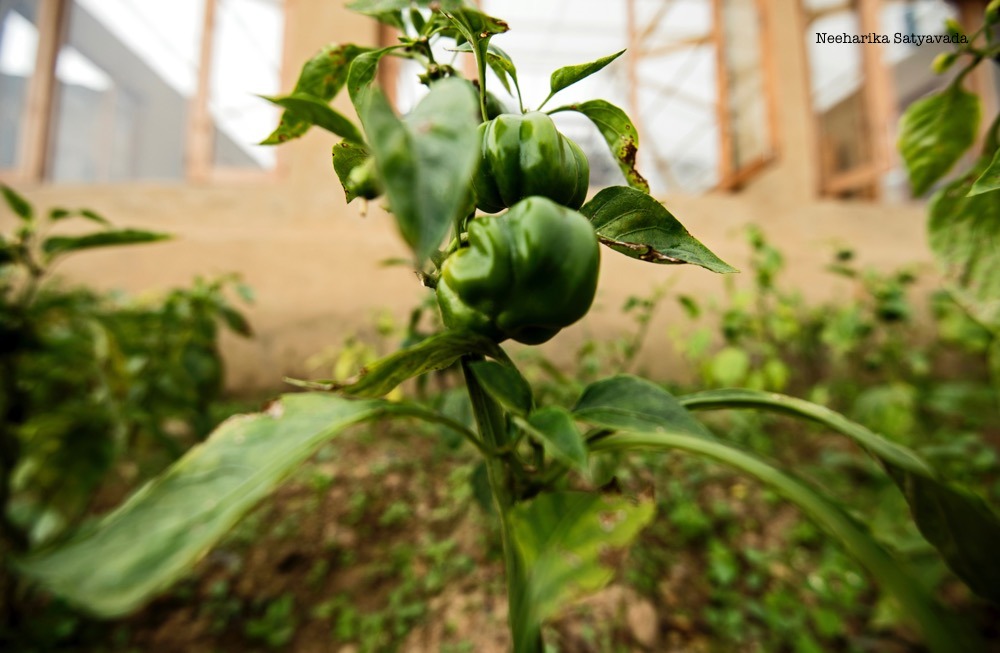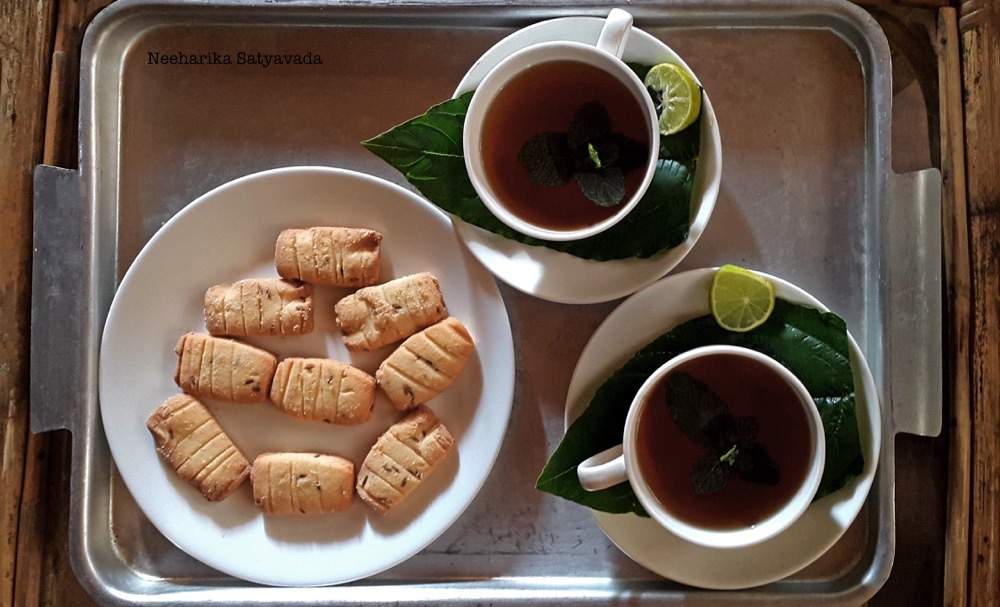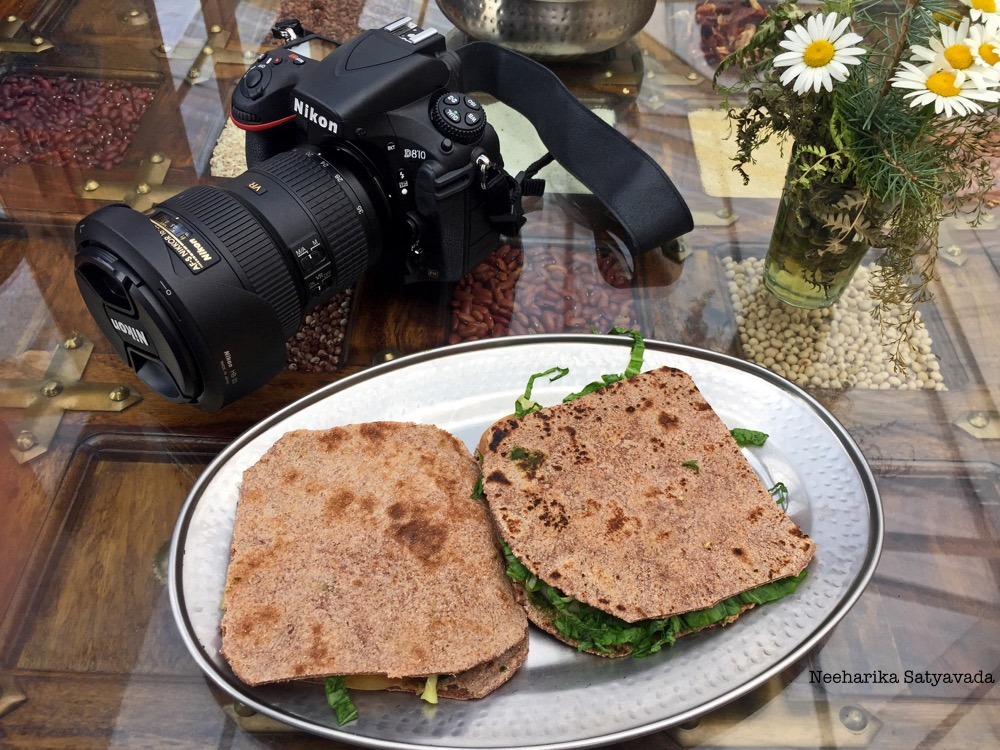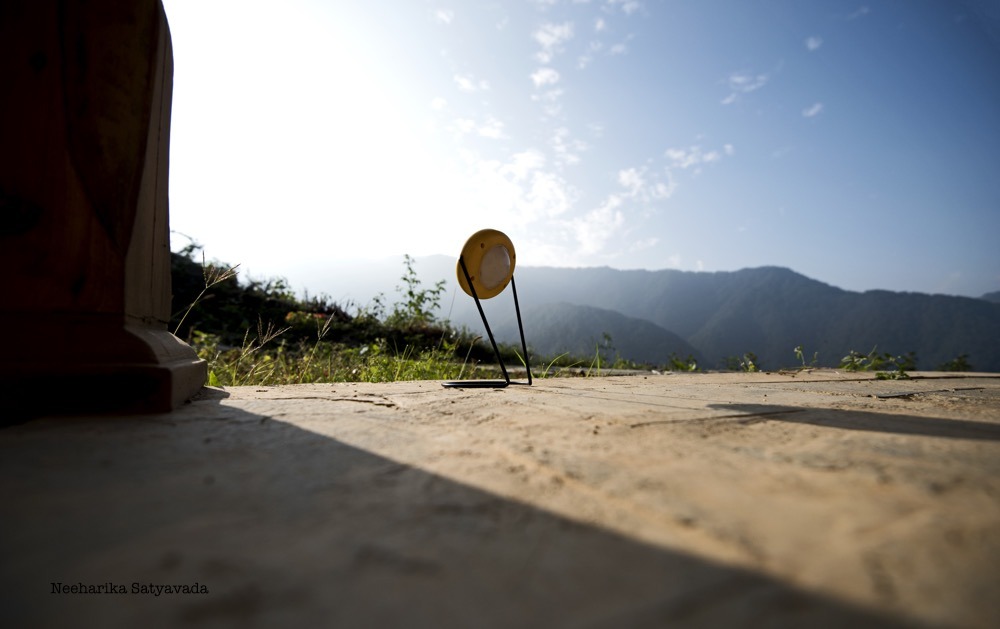From the world’s smallest to the world’s least visited countries, here is a list of 10 off beat countries to visit in 2020. In these times of Instagram-fuelled over tourism, these beautiful yet under the radar countries should find a place on your travel wishlist too!
1. Malta
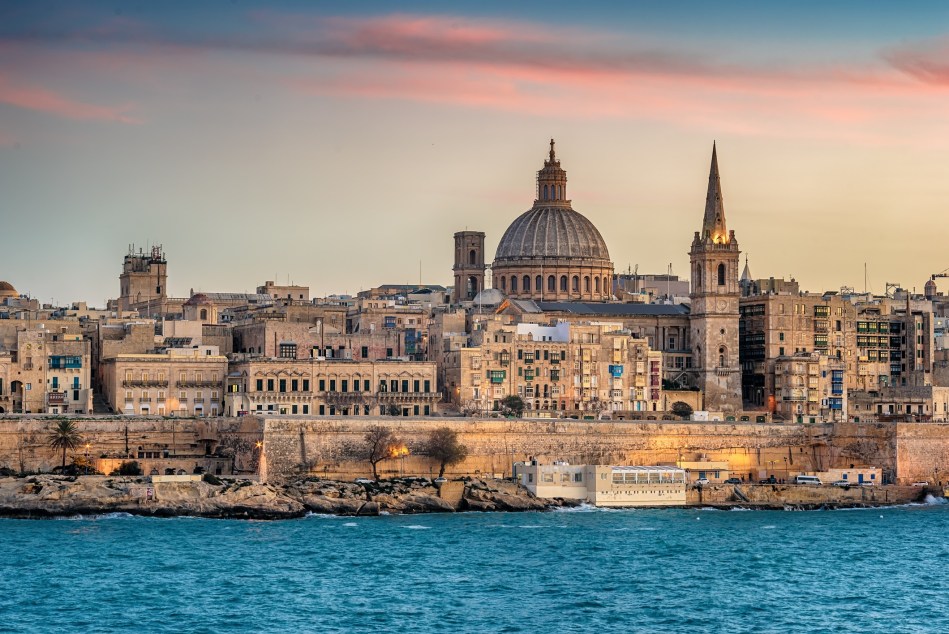
An archipelago of islands just off the coast of Sicily, so small that it is often overlooked, yet a country so rich in culture and history that it is but a wonder that it is so often overlooked, Malta.
Malta together with its sister islands of Gozo and Comino are nothing less than spectacular in terms of the experiences that they have to offer. From diving into the azure of the Mediterranean to getting a glimpse of Caravaggio’s masterpiece, Beheading of St. John the Baptist, set against a backdrop that is but a true depiction of the period – the high Baroque of St. John’s Cathedral; there is much to explore in Malta. Not to mention the Hal Saflieni Hypogeum, a subterranean complex of temples and burial chambers dating as far back as 4000 BC.
2. Liechtenstein
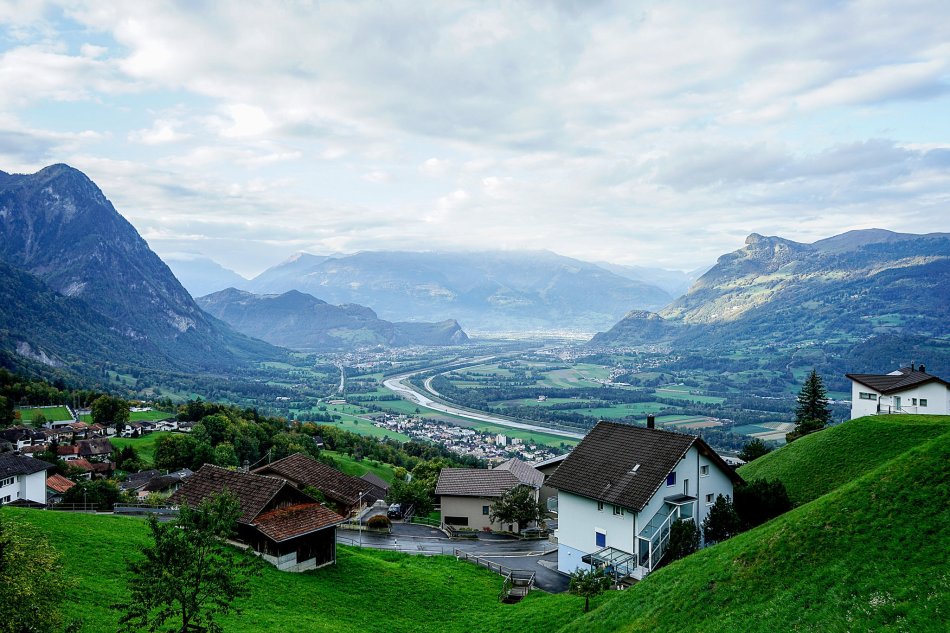
A tiny country wedged between Austria and Switzerland, Liechtenstein is the perfect off the radar destination to go to if one wishes to lose oneself in the old world intrigues of European principalities. Medieval castles, walking trails through a network of quaint little alpine villages, Liechtenstein is perfect for a walking day tour. Europe’s fourth smallest country, you can actually drive across the country in twenty five minutes flat. Liechtenstein is so small that it doesn’t have an airport, just two train stations, a hospital, a TV and a radio station.
3. San Marino

Vatican City isn’t the only small country within a country, there is one other just like it, in Italy. In fact it also happens to be the world’s oldest surviving republic. Sitting atop Mount Titano, overlooking the Adriatic coast is an impenetrable stone fortress, a country in itself, San Marino. It couldn’t get more idyllic than in San Marino, with a cuisine that is heavily influenced by the neighbouring Italian cuisine, desserts and local wines that are luxuriously indulgent to say the least and to top it all, tax-free shopping at the fashionable stores that line its cobble-stoned streets.
4. Monaco

Long known as the playground of the rich and famous, Monaco is an all year round kind of a destination. It isn’t just about the fast cars and casinos, Monaco with its pleasant balmy weather all through, makes it the perfect destination to go yatching on the French Riveria. And come May, there is also the annual Grand Prix, definitely bucket list worthy.
5. Guatemala

Coffee and Chocolate, arguably the most important things in life? Well, for some. And, Guatemala isn’t just the birthplace of Cacao but its volcanic highlands are famed for the coffee beans produced here for they make for a very distinctive flavoured, earthy coffee. That in itself would be reason enough to travel to this small country in Central America. But there is more, from colourful, wonderfully preserved Colonial buildings on one end of the spectrum to equally wonderful, just as carefully preserved ancient Mayan sites on the other end. Not to mention, the celebrated Lake Atitlán, formed in the basin of a massive volcanic crater.
6. Tunisia
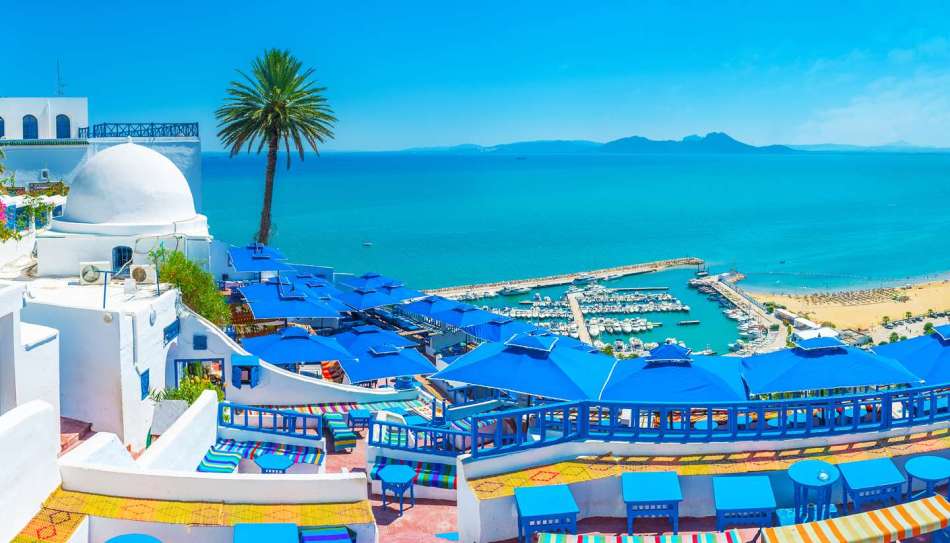
Once a great powerful city and ancient Rome’s arch rival, Tunisia today is but a forgotten little country on the edge of North Africa. From cities like Sidi Bou Said that could well have been in Greece to dramatic Saharan landscapes, Tunisia is straight out of a picture postcard.
7. Armenia

There are many superlatives associated with this country in the Caucasus Mountains. From being the first Christian Country in the world to being home to the longest rope-way in the world, Armenia also supposedly boasts of the cleanest, most delicious water in the world and also the world’s oldest winery. Even its bread, lavash is listed by UNESCO as intangible heritage. Besides the ancient cathedrals and monasteries, the crystal like Lake Sevan is amongst the must see places in the country.
8. Tuvalu
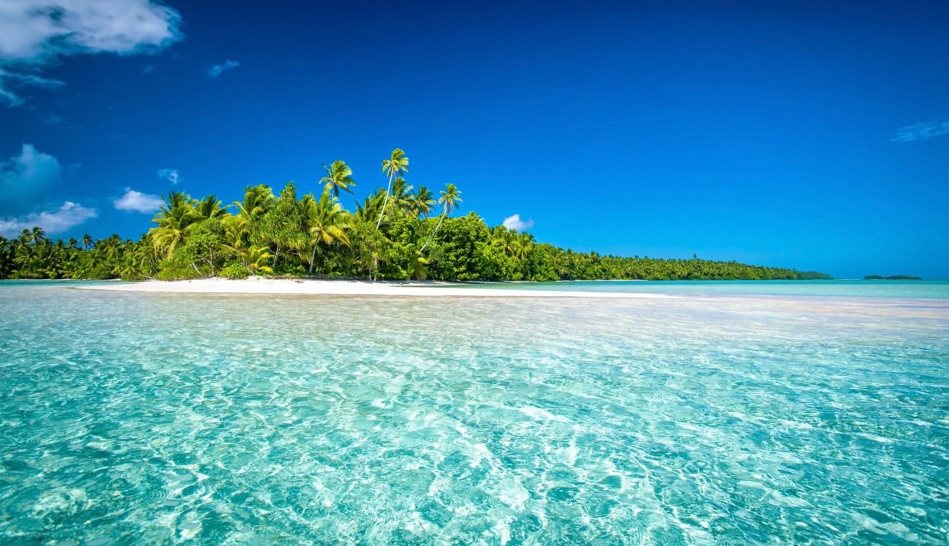
Tuvalu, this island country in the South Pacific deserves special mention for being the least visited country in the world and also for being unbelievably stunning. Nine islands which really are just coral atolls and strips of palm fringed lands comprise the country of Tuvalu. Thinly populated and barely on the tourist radar, these islands are pristine and undisturbed making it a literal paradise for birding enthusiasts and divers.
9. Ecuador

Named after the Equator – on which it lies, Ecuador boasts of a richly diverse landscape. This country in South America encompasses not just the glorious Amazonian jungles but also the Andean mountains and the islands of Galapagos too. Little wonder then that this is where, right here on these volcanic Galapagos islands that Charles Darwin’s Theory of Evolution took seed.
10. Estonia

Something about this country Estonia which makes it more of a fairy-tale town than just another European country with a tragic war history. Maybe it is the historic old town of Tallinn peppered with snow kissed breathtaking medieval castles, dramatic hilltop fortresses, vibrant facades about town. Or maybe it is just the Struve Geodetic Arc that it shares with nine other countries. As romantic as it sounds, the arc is actually just a chain of survey triangulations which led to the first accurate measurement of the meridians. Be that as it may Estonia is as charming as it gets.
